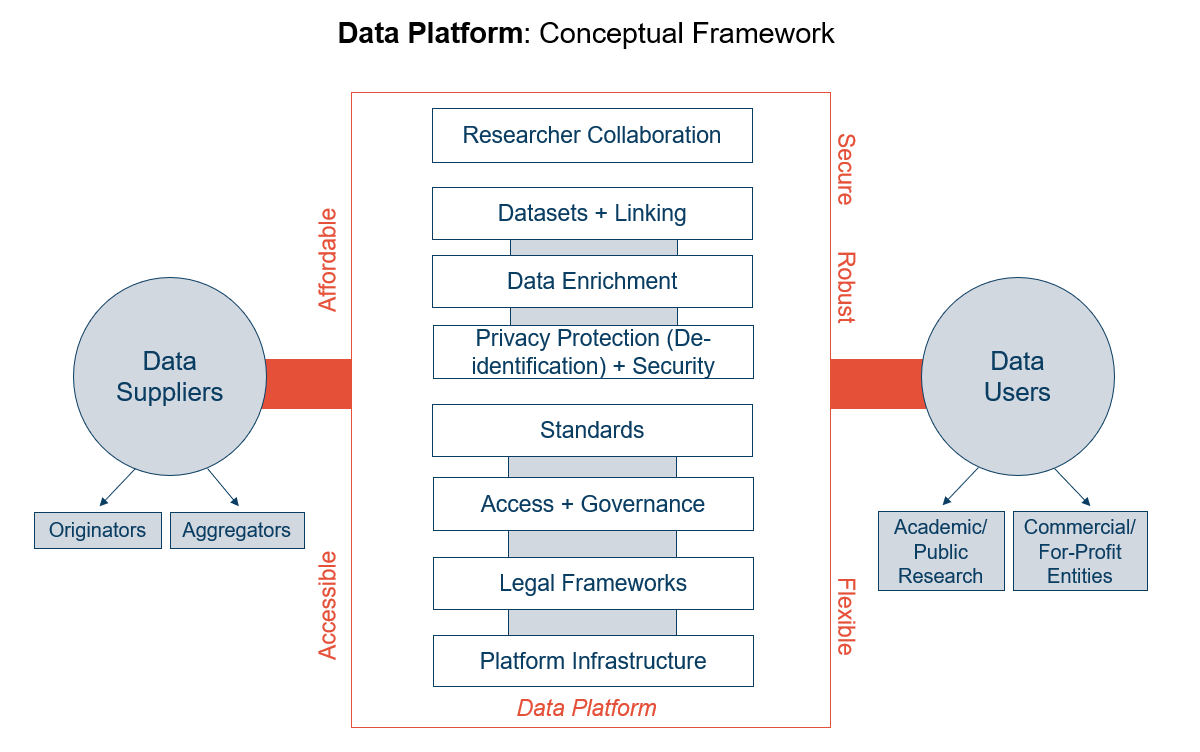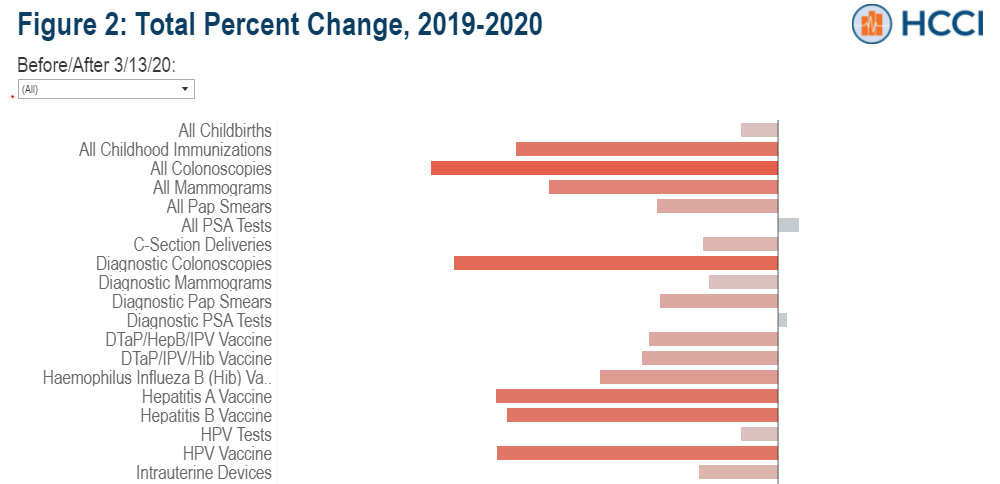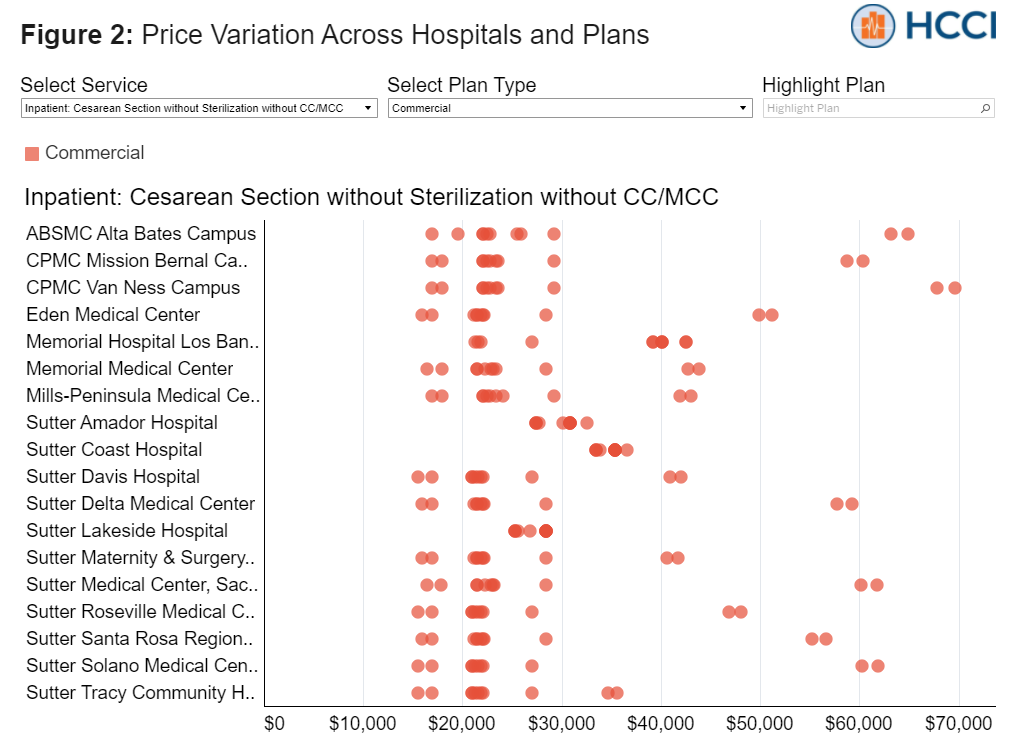Briefs
-
Assessing the Long-Term Viability of Data Platforms for Research
Read more: Assessing the Long-Term Viability of Data Platforms for ResearchHealth care in the United States is notoriously fragmented. A patient may receive care from a variety of health systems, physicians, and other providers, and that care may or may not be recorded in a patchwork of administrative claims data systems and electronic health record (EHR) systems. At the same time, health data has become…
-
Ouch!: New Data reveals ER spending increased by 51% from 2012 – 2019, with patient out of pocket payments increasing by 85%
Tags: Emergency Room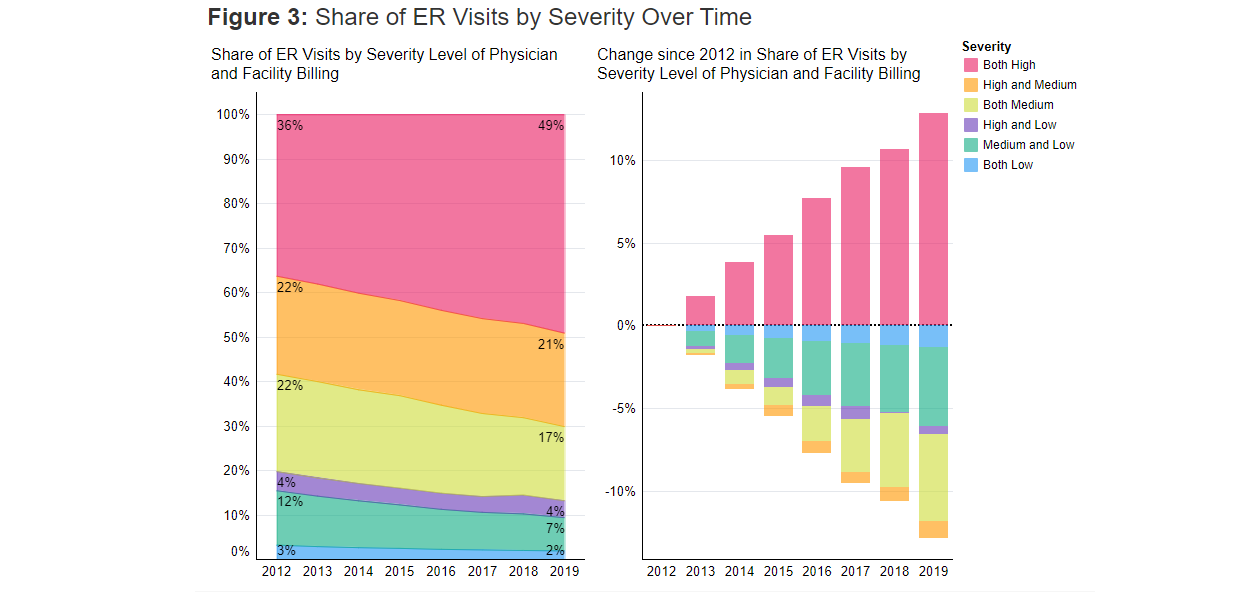 Read more: Ouch!: New Data reveals ER spending increased by 51% from 2012 – 2019, with patient out of pocket payments increasing by 85%
Read more: Ouch!: New Data reveals ER spending increased by 51% from 2012 – 2019, with patient out of pocket payments increasing by 85%Introduction Excessive emergency room (ER) spending and utilization have long been major areas of focus for health care stakeholders. The ER is an important source of health care for many individuals, especially those who lack a usual source of care, or those with work schedules that limit the ability to access care during “normal business…
-
Capping Out-of-Pocket Spending on Insulin would Lower Costs for a Substantial Proportion of Commercially Insured Individuals
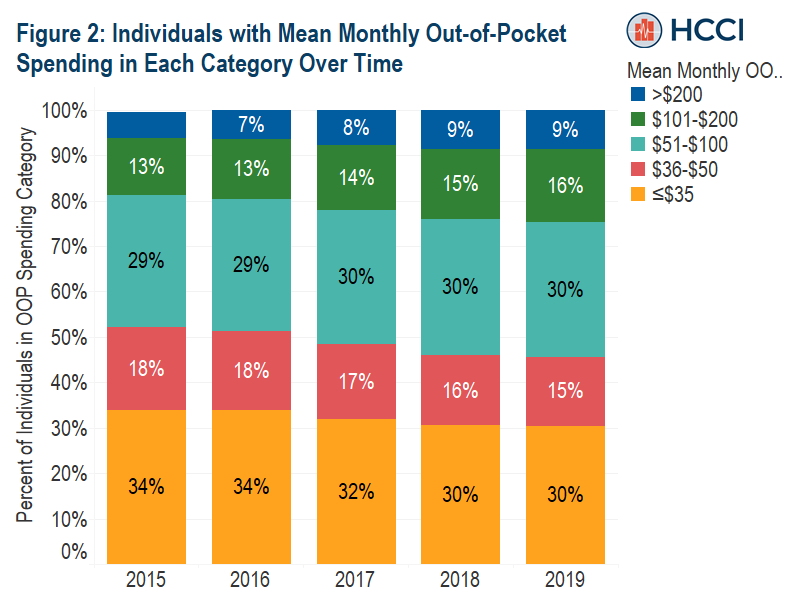 Read more: Capping Out-of-Pocket Spending on Insulin would Lower Costs for a Substantial Proportion of Commercially Insured Individuals
Read more: Capping Out-of-Pocket Spending on Insulin would Lower Costs for a Substantial Proportion of Commercially Insured IndividualsPrevious HCCI analysis documented rapid growth in insulin spending over the 2012-17 period. High out-of-pocket spending may deter adherence to insulin among individuals with diabetes, with potentially fatal effects. In this blog, we update our analysis of out-of-pocket insulin spending to 2019 using HCCI’s unique commercial claims dataset, which includes prescription drug claims for 29 million…
-
Real World Consequences of the Qualifying Payment Amount in the No Surprises Act
Tags: Surprise Billing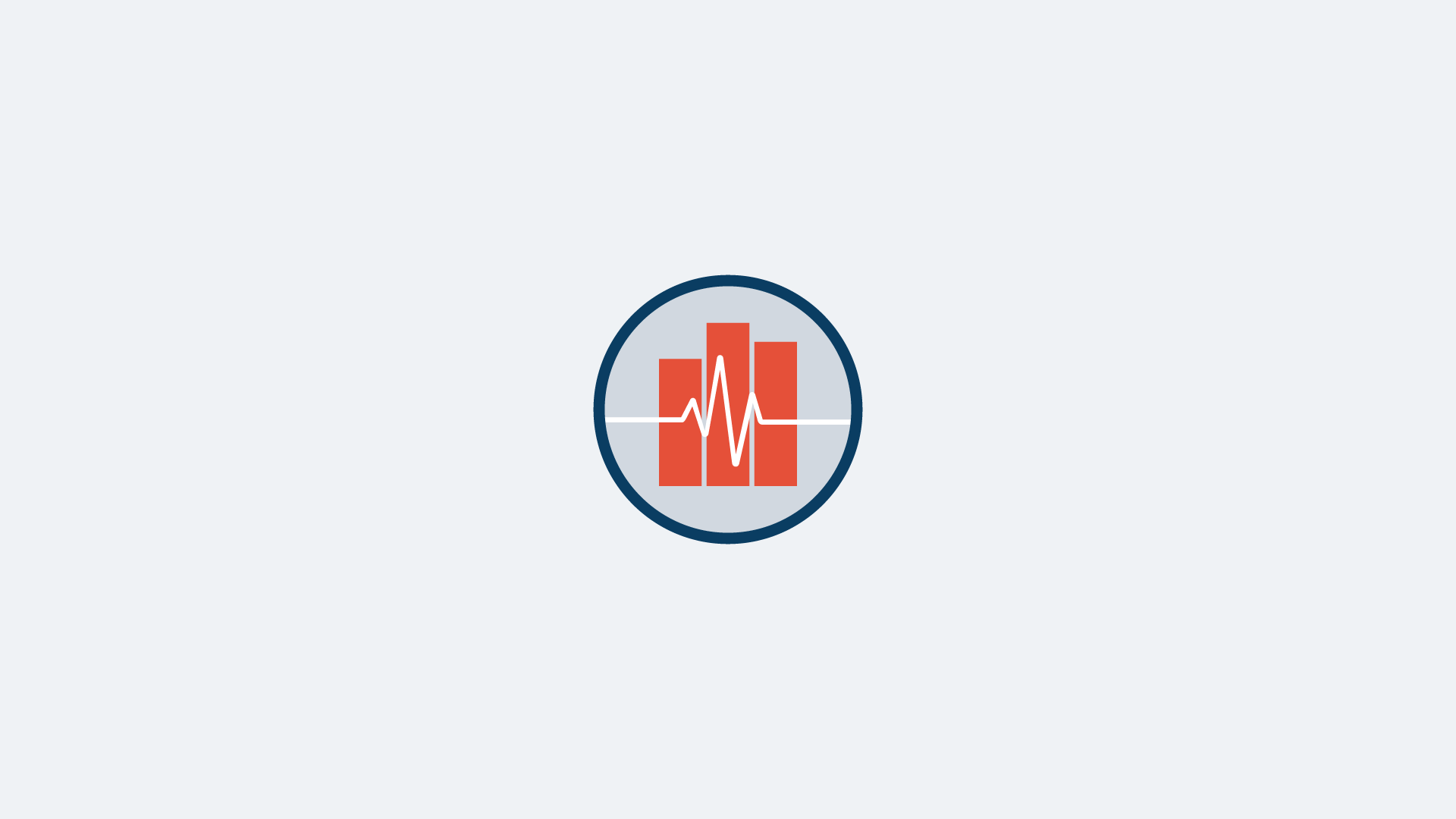 Read more: Real World Consequences of the Qualifying Payment Amount in the No Surprises Act
Read more: Real World Consequences of the Qualifying Payment Amount in the No Surprises ActThe United States Congress passed the No Surprises Act last year, offering several protections to consumers. Beginning in 2022, providers can no longer bill patients for more than their insurance’s in-network cost sharing. The law also bans balance billing except in situations where a patient is notified in advance and their written consent is obtained….
-
2019 Health Care Cost and Utilization Report
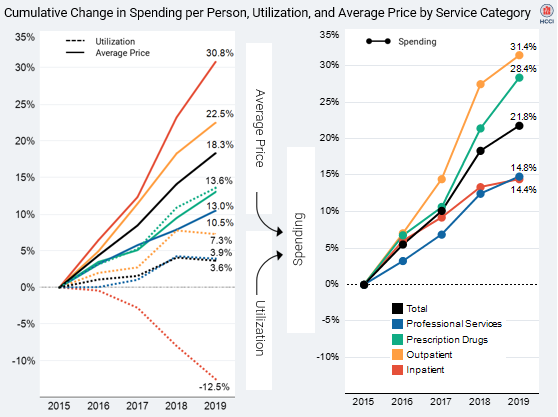 Read more: 2019 Health Care Cost and Utilization Report
Read more: 2019 Health Care Cost and Utilization ReportThe 2019 Health Care Cost and Utilization Report presents data on health care spending, utilization, and average prices from 2015 through 2019 for individuals under the age of 65 who receive health insurance coverage through an employer. This report examines trends within four categories of service: inpatient admissions, outpatient visits and procedures, professional services, and prescription drugs. All data…
-
The Impact of COVID-19 on the Use of Preventive Health Care
Tags: COVID-19Read more: The Impact of COVID-19 on the Use of Preventive Health CareUpdated 4/16/2021 to include data through 12/30/2020. Since the original post on 9/9/2020, the data have been adjusted to account for claims submission lags. For more information, see Methods Note below. COVID-19 has had an extraordinary impact on the US health care system since its emergence in early 2020. One of the largest and most immediate impacts has…
-
The Insanity of U.S. Health Care Pricing: An Early Look at Hospital Price Transparency Data
Read more: The Insanity of U.S. Health Care Pricing: An Early Look at Hospital Price Transparency DataThe numbers in this report have been updated to reflect the most recent pricing data made available by Sutter Health. While nearly all of the prices remained unchanged (93%), some, generally higher cost services were revised downward by Sutter. For example, in the initial report we found that C-section prices ranged from $7,634 to $89,244…
-
Daily Deaths During Coronavirus Pandemic by State
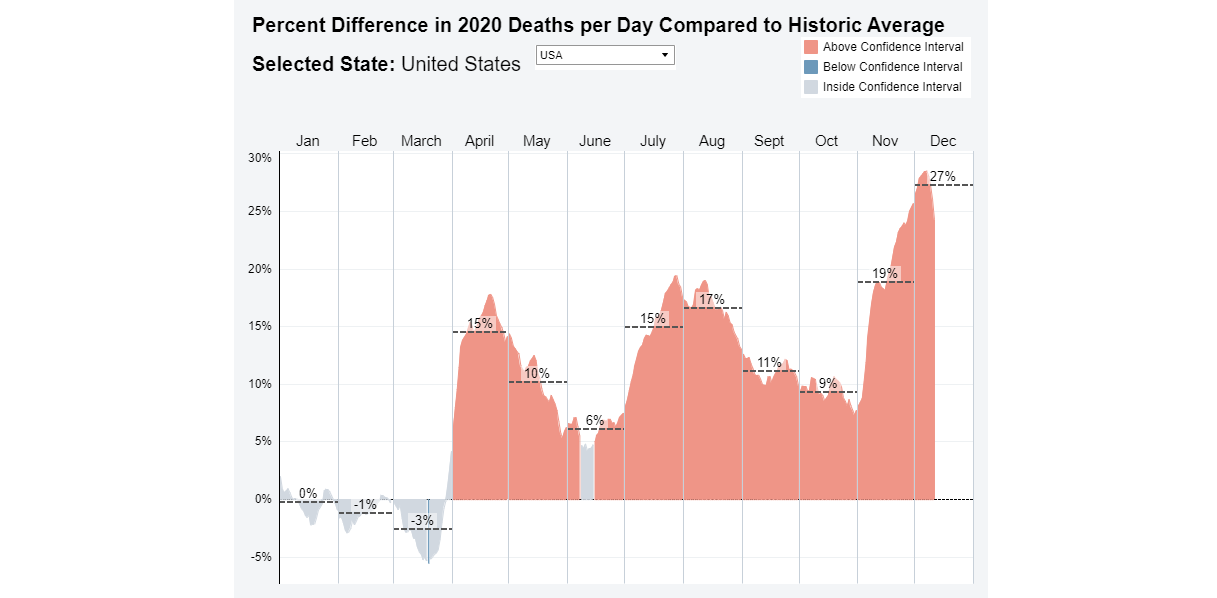 Read more: Daily Deaths During Coronavirus Pandemic by State
Read more: Daily Deaths During Coronavirus Pandemic by StateThe staggering death toll of the novel coronavirus pandemic in the United States has been widely reported, surpassing 523,000 as of March 8, 2021. Over the course of the current pandemic a common method for measuring the probable number of deaths caused by COVID-19 has been comparing actual deaths in 2020 to the expected number…
-
Using Medicare Data to Improve Vaccine Targeting: Providers Serving Highest Risk Patients
Tags: COVID-19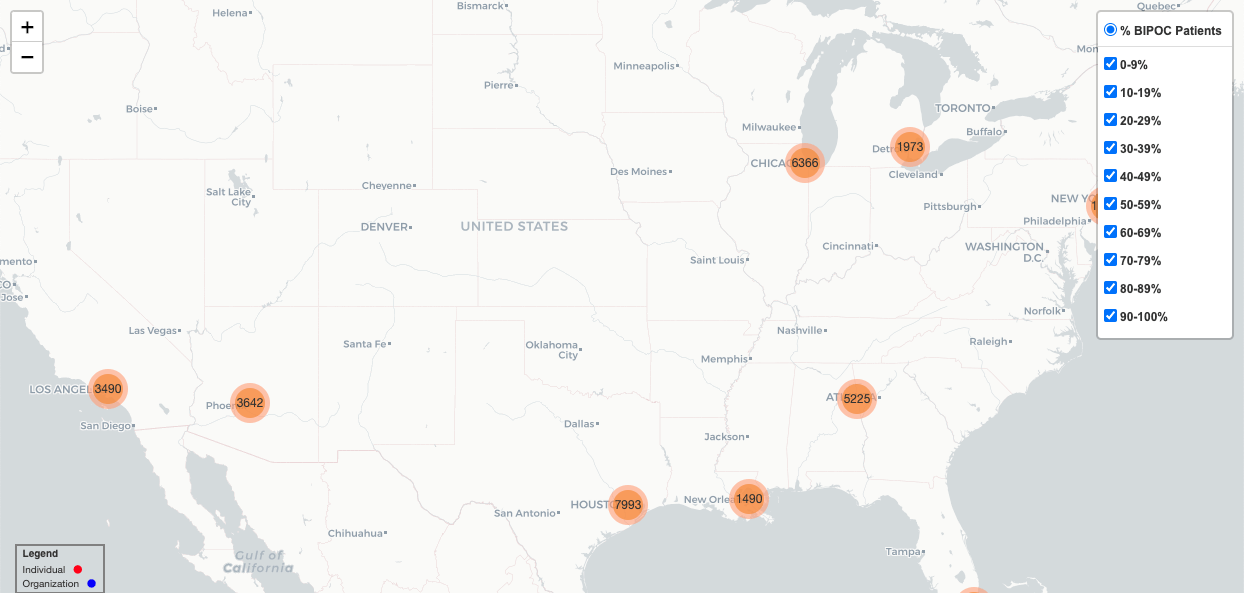 Read more: Using Medicare Data to Improve Vaccine Targeting: Providers Serving Highest Risk Patients
Read more: Using Medicare Data to Improve Vaccine Targeting: Providers Serving Highest Risk PatientsAs the production and distribution of SARS-CoV-2 vaccines ramps up in the United States, there is a need to ensure that communities at highest risk for severe COVID-19 morbidity and mortality are targeted. As of February 2021, the Pfizer/BioNTech and Moderna mRNA vaccines, which were approved by the U.S. Food and Drug Administration (FDA) under…
-
COVID-19 Disparities Persist in Community Health Centers’ Vulnerable Populations
Tags: COVID-19 Read more: COVID-19 Disparities Persist in Community Health Centers’ Vulnerable Populations
Read more: COVID-19 Disparities Persist in Community Health Centers’ Vulnerable PopulationsCommunity Health Centers (CHCs) serve over 29 million vulnerable patients, making the lack of data on COVID-19-related racial disparities in patients served in CHCs a critical knowledge gap in assessments of the pandemic’s national impact. In rural and poor urban areas, CHCs may be the only accessible healthcare option. Even when other options exist, CHCs…

